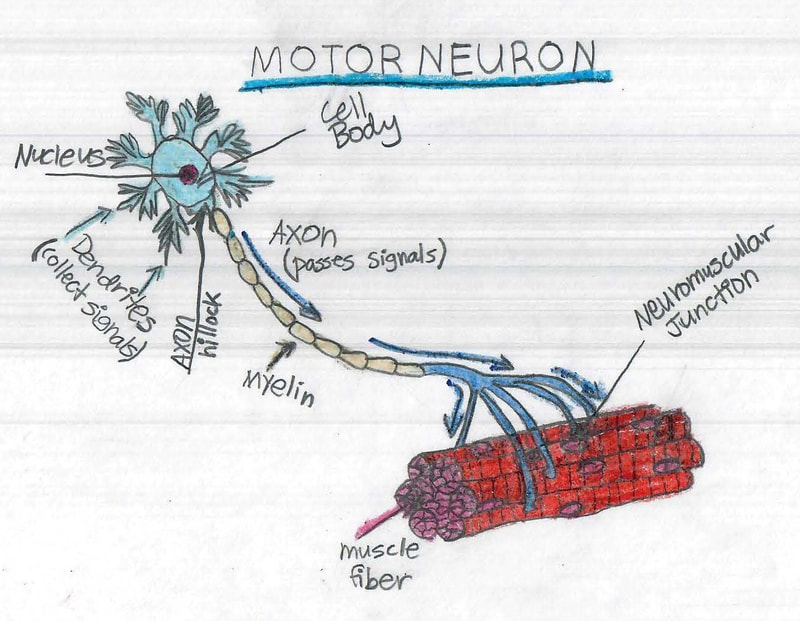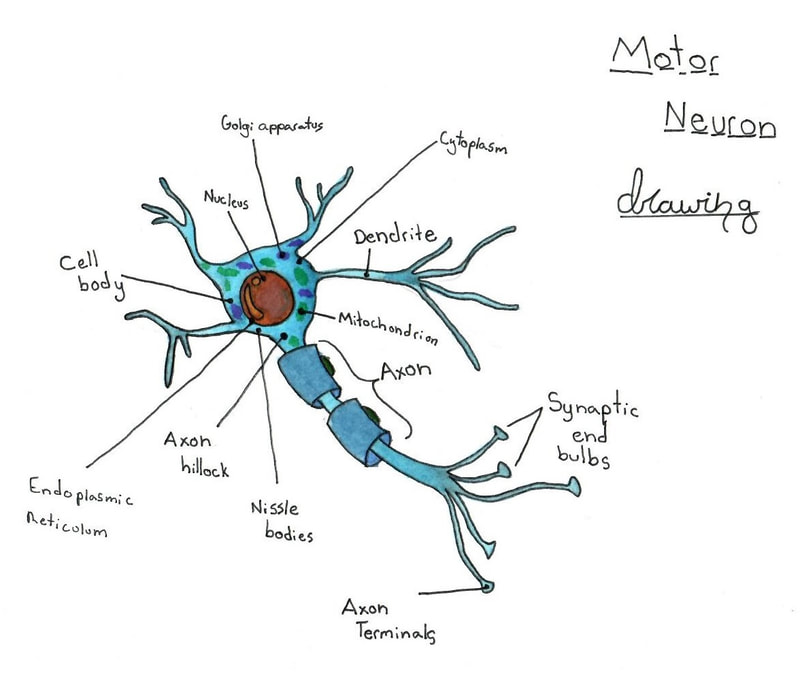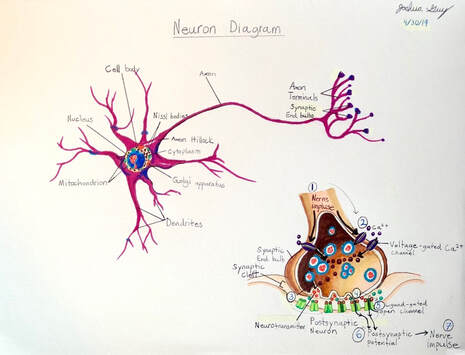Unit 14: Body Systems II
Reading
BJU Biology: Read Ch. 23A "Nervous System", 23B "The Eye", and Ch. 24B "Drugs"
AP: Test prep continued
Topics
Labs
Project
How Drugs of Abuse affect Neurotransmission
BJU Biology: Read Ch. 23A "Nervous System", 23B "The Eye", and Ch. 24B "Drugs"
AP: Test prep continued
Topics
- Nervous System and Drug Abuse
- The Eye
Labs
- Cow eye dissection. This is a student-favorite.
Project
How Drugs of Abuse affect Neurotransmission
Cornea Transplant video
Class Videos
Chapter review questions
These are hosted in Canvas
These are hosted in Canvas
"How drugs of abuse affect neurotransmission"
| 12._how_drugs_of_abuse_affect_neurotransmission_2023.docx |
| _how_drugs_affect_neurotransmission.pptx |
| _nih_-_drugs_change_the_way_neurons_communicate.pdf |
| _addiction_and_the_brain_-_article.pdf |
Cow's Eye Dissection lab
Print and bring the lab handout with you to class.
You will be turning-in Part A assessments, and Part B assessments.
Print and bring the lab handout with you to class.
You will be turning-in Part A assessments, and Part B assessments.
| _cows_eye_dissection_lab_handout_2022.pdf |



